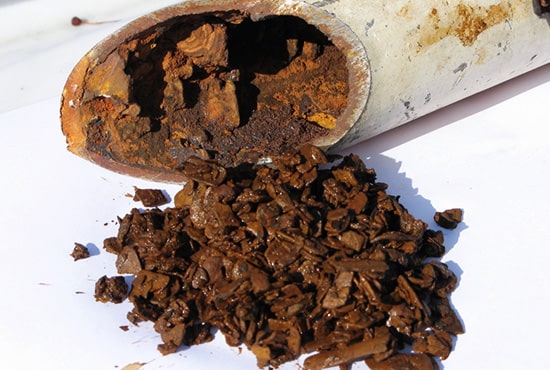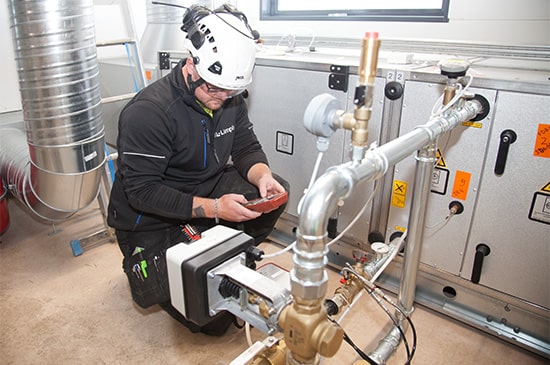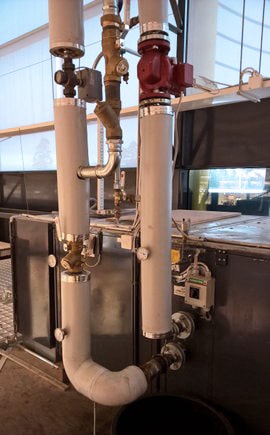News: KL-Lämpö awarded a Bronze Medal in the EcoVadis sustainability assessment
Heating systems
![]()
In heating systems (radiator or ventilation systems) oxygen causes oxygen corrosion. Corrosion products and hardness salts form deposits inside valves, heat exchangers, meter sensors and pipes.
As a result water circulation gets weaker, radiators warm up unevenly and there are failures in the function of devices. The heating system is exposed to leaks and imbalance. Energy costs rise.
System surveys and analytical services
The condition of heating systems is discovered by means of water analyses. The results are reported to the customer (analysis report). The customer also receives system-specific recommendations for future action and a cost estimate for the required maintenance.

Maintenance services
Commissioning cleaning and corrosion protection
New heating systems are cleaned (commissioning cleaning) in order to remove protective greases and construction-related impurities from heat transfer surfaces. They are also protected against corrosion and deposits. These procedures ensure that devices operate without interruption.

Renovation cleaning and corrosion prevention
The heat transfer performance of an old heating system can be restored through remediation cleaning, which includes corrosion protection. These procedures ensure the successful implementation of previously made system balancing plans.
Cleaning of heat exchangers
Heat exchangers are cleaned in order to restore their operating capacity. Cleaning procedures extend the lifetime of exchangers and improve their energy efficiency.

Filtration of solids
Detrimental solids are removed from the system by filtration. Solids may cause blockages and defects in the devices installed in the system. Filtration improves the quality of heat transfer liquids and ensures the smooth operation of devices.
Report
The customer receives a report on the maintenance procedures that have been carried out in the system. The report can be attached to the maintenance manual of the building.




